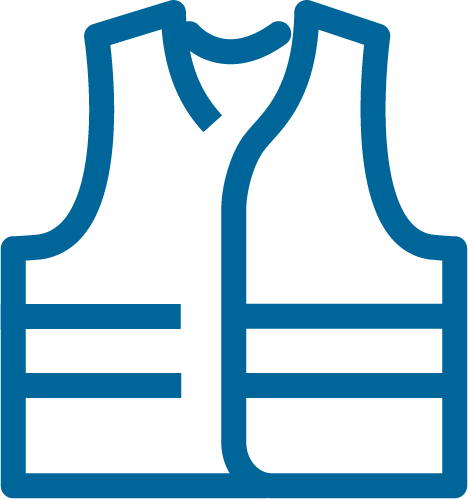How To Become A
Kitchen and Bath Installer
What Do Kitchen and Bath Installers Do?
Kitchen and Bath Installers cut, shape and mold materials to fabricate components of kitchens and baths. Using blueprints and drawings, installers establish the specifications of pieces to be built or renovated. They operate a variety of machinery such as power saws, jointers, and mortisers.
Kitchen and Bath Installer Hourly Wage
$18.15/hr
Median wage source: PayScale, Indeed, Salary.com
Kitchen and Bath Installer Skill Set

Basic Math

Problem Solving

Detail Oriented

Manual Dexterity
Kitchen and Bath Installer Working Conditions

Physically Demanding

Multiple Locations

Work Independently

Lifting
Education: A high school diploma or equivalent is required. High school courses in math, mechanical drawing plus general vocational technical training are useful. Post-secondary education is not required, but having advanced skills learned through coursework may make you more attractive to employers who offer carpentry apprenticeships.
Apprenticeship: Carpentry training is the basis for all work done by kitchen and bath installers. Apprenticeships are often offered by state work programs, local unions and some private employers.
Advancement: Installers have essential carpentry skills, making them qualified to advance to first-line supervisors. Installers may also become independent contractors or general construction supervisors. Those seeking advancement often take additional training provided by associations, unions or employers.


